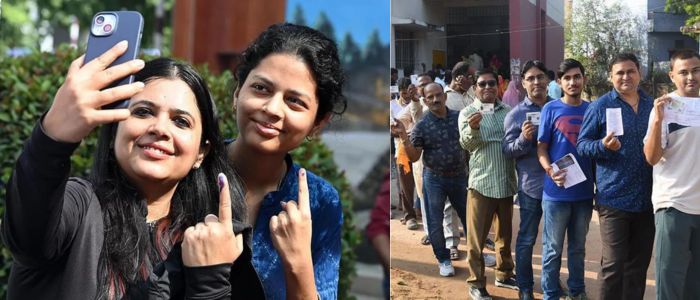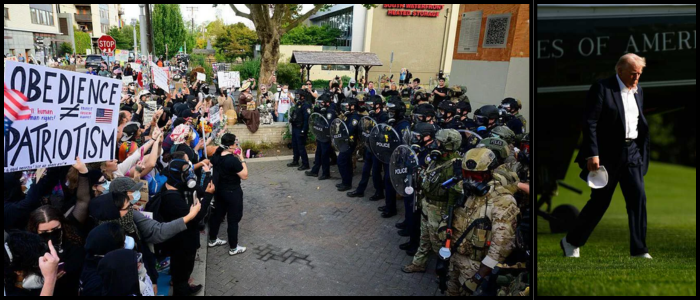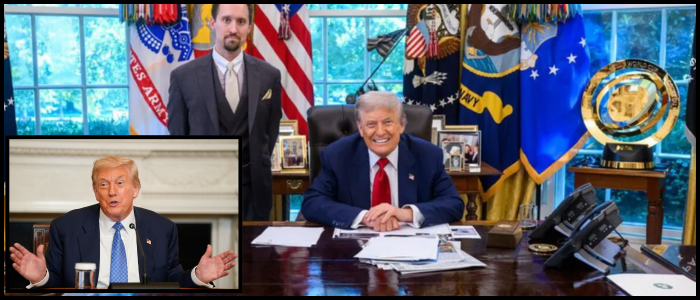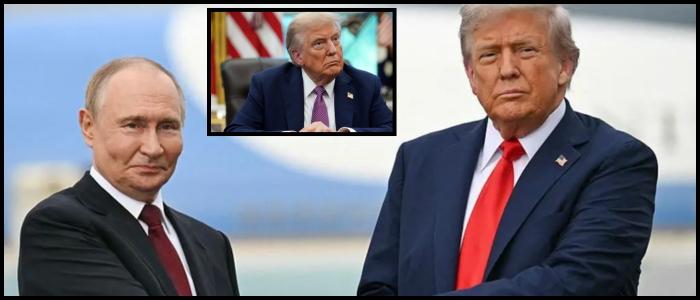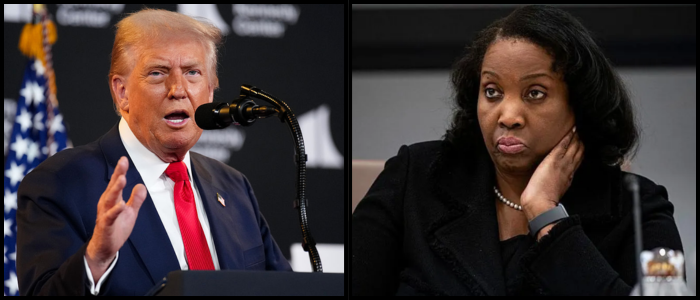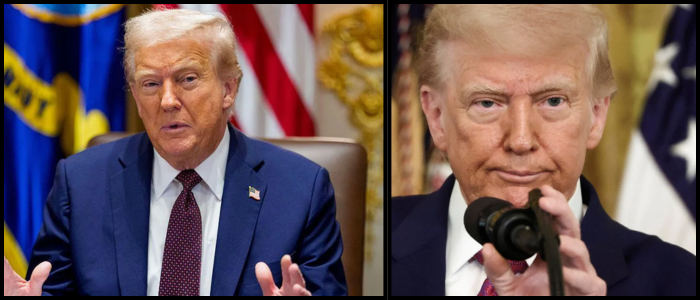The central problem continues to be their long-standing border dispute along 3,440 kilometres, including along shifting lines created by geographical features such as rivers and mountains, that bring soldiers face to face. The situation came to a head in June 2020 when at least 20 Indian soldiers and four Chinese military personnel were killed in a violent face-off in the Galwan Valley in the high-altitude Ladakh region. Since then, a number of such standoffs have persisted.
Yet the two countries nonetheless appear to be eager to find common cause. They came to an agreement last year on major points of conflict in Ladakh. The two countries agreed last month to resume direct flights and to lift some of the visa restrictions imposed after 2020. Indian pilgrims, meanwhile, returned to sacred sites in Tibet in August for the first time in six years.
Conversation Defined by Economics, Strategy
Trade still remains the largest connecting factor between India and China, with China now being India's second-largest trading partner. Last year, the two nations had more than $127 billion in bilateral trade, and India relies heavily on Chinese imports, especially rare earth minerals that are indispensable in many industries. As a result, preserving peace in the border region is necessary to ensure the stability of economic cooperation.
There are political and economic reasons that Beijing would hate to see violent conflict in the Himalayas, especially as its focus has shifted to Taiwan. However, deeper strategic concerns persist. China believes that Western countries are using India to contain its influence. That means Beijing is also likely to try for more exports, greater access for Chinese technology companies and the loosening of restrictions India imposed in response to the 2020 border clash.
The geopolitical landscape has changed quickly, especially during President Trump's second term. Washington's inconsistent position has dampened Delhi's hopes of very strong American backing. When recent hostilities with Pakistan flared in May, for example, Beijing's defence ties with India's regional rival became evident, as the Pakistanis employed Chinese-made fighter jets and munitions, even as they and Indian armed forces faced off.
Compounding Delhi's awkwardness was Trump's assertion that he had brokered a truce between India and Pakistan — something Indian officials had forcefully rejected. Shortly thereafter, Pakistan's army chief, Asim Munir, met with Trump at the White House, further raising alarm bells in Delhi over the trajectory of US foreign policy.
Navigating Global Alliances with Caution
With India seeking to balance relations with the world's major powers, the conversations with China seem to have become more realistic. As India continues its trade dialogue with the US, it is also watching closely how another traditional ally and arms provider, Russia, is increasingly siding with Beijing, given the Ukraine conflict, as well as Western sanctions. Russia's dependence on China for its energy exports and key imports further complicates India's strategic calculus.
At home, India is feeling economic pressure from China, which has imposed trade restrictions. Recent Chinese export controls on rare earth magnets and fertilisers have already sparked alarms in industries such as manufacturing and agriculture. These are vital materials for India's automotive, energy and appliance makers. The Indian government, in turn, said it was in talks with China to relax these restrictions.
But on questions of sovereignty, China has shown no inclination to compromise. It still makes claims on Arunachal Pradesh, which it calls Southern Tibet. India dismisses these accusations and reiterates that it is an integral part of the country and has full democratic representation. Delhi insists that there is no room for territorial compromise.
Although experts do not expect a resolution of their border disputes anytime soon, it appears that both countries are being guided by pragmatism in forging a relationship that serves their respective interests. Both India and China are seeking to, in the words of the Indian communique, manage their differences and not be selective about their engagement while focusing more on cooperation in practice as well as engage in some game theoretic relationship management to help stabilise their relationship without an over-dependence on any extraneous alliances.
Politics
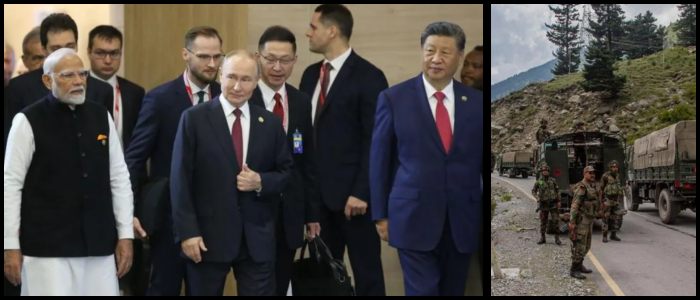
India and China Reset Relations Amid Border Tensions

India and China are indicating they may be cautiously resetting their relationship after years of military standoffs and diplomatic friction. Visits by top Indian officials, including national security adviser Ajit Doval and defence minister Rajnath Singh, come against the backdrop of renewed attempts to engage with the Chinese. Their visits, both involving Shanghai Cooperation Organisation (SCO) meetings, were seen as a possible thaw in relations, particularly as Singh's was the first by a senior Indian leader to China in five years.








